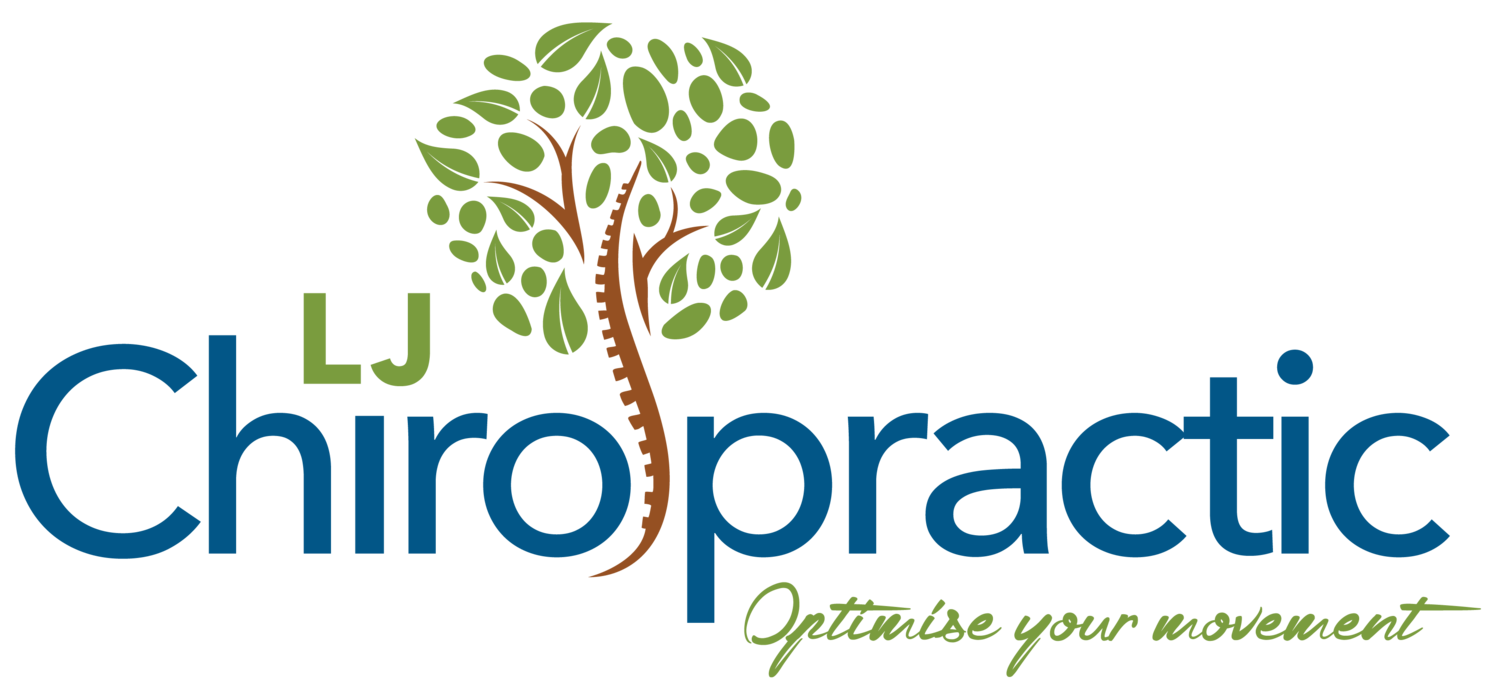If you're one of the millions who suffer from the debilitating pain of migraines, you know it's far more than just a bad headache. The throbbing pain, sensitivity to light and sound, and nausea can bring your life to a standstill. While medications can offer temporary relief, many people seek a lasting solution that addresses the root cause rather than just the symptoms. Chiropractic care offers a promising, evidence-informed approach focused on restoring the body's natural function to reduce migraine frequency and severity. This guide will explore how chiropractic treatment provides proven relief and helps you build a long-term strategy for managing this complex condition.
The Migraine Enigma: Understanding the Pain and Its Impact
What Exactly is a Migraine? More Than Just a Bad Headache
A migraine is a complex neurological disorder characterized by severe, throbbing headaches, often localized to one side of the head. Unlike typical tension headaches, a migraine attack involves a cascade of neurological events that can affect the entire body. This distinction is crucial, as the underlying mechanisms require a targeted approach for effective management, moving beyond simple pain relief.
Common Symptoms and Types of Migraine Attacks (e.g., with Aura, without Aura, Chronic)
Migraine symptoms extend beyond head pain and frequently include nausea, vomiting, and extreme sensitivity to light and sound. Some individuals experience "migraine with aura," which involves transient visual disturbances like flashing lights or blind spots preceding the headache. "Migraine without aura" is more common. When these attacks occur on 15 or more days per month for at least three months, the condition is classified as chronic migraine, significantly impacting quality of life.
Unpacking Migraine Triggers: Identifying Your Personal Factors
A key aspect of managing migraines is identifying personal triggers that can initiate an attack. Common triggers include stress, hormonal changes, certain foods and drinks, irregular sleep patterns, and even weather changes. Physical factors, such as neck tension and poor posture, are also significant contributors, creating musculoskeletal stress that can provoke the neurological pathways involved in migraines.
The Neurological Roots of Migraines: A Complex Condition
At its core, a migraine is a disorder of the central nervous system. It's believed to involve the activation of a pain pathway in the brainstem, specifically involving the trigeminal nerve. This activation leads to the release of inflammatory substances around the nerves and blood vessels in the head, causing the intense pain and associated symptoms of a migraine attack.
How Chiropractic Care Offers a Unique Solution for Migraines
The Spine-Nervous System Connection: Why Alignment Matters
Chiropractic care is founded on the principle that the body's structure, particularly the spine, directly influences its function. The spine protects the spinal cord, the central highway for nerve communication between your brain and body. Misalignments in the vertebrae, especially in the cervical spine (neck), can interfere with this communication and create mechanical pressure, contributing to conditions like migraines.
Unraveling the Trigemino-Cervical-Spinal Reflex: A Key to Migraine Relief
A critical link between the neck and migraines is the trigemino-cervical complex. This is a region in the brainstem where sensory nerves from the head and face (trigeminal nerve) converge with nerves from the upper neck. Irritation or dysfunction in the joints and muscles of the cervical spine can send pain signals to this complex, which the brain can misinterpret as a headache or migraine. Chiropractic adjustments aim to correct this dysfunction.
Reducing Musculoskeletal Tension and Improving Posture
Poor posture and chronic muscle tension in the neck and upper back are common migraine triggers. A chiropractor uses specific techniques to release tight muscles, restore proper motion to restricted joints, and provide guidance on ergonomic and postural improvements. By reducing this physical stress, chiropractic care can decrease a significant source of irritation to the nervous system.
Promoting Better Blood Flow and Reducing Inflammation
Spinal manipulation can influence blood flow and reduce inflammation. By restoring proper movement in the spinal joints, adjustments may help normalize vascular function and decrease the release of inflammatory chemicals that contribute to migraine pain. This approach targets the physiological processes of a migraine attack, not just the sensation of pain.
Your Journey to Relief: What to Expect from Chiropractic Treatment
Comprehensive Assessment: Laying the Foundation for Personalized Care
Your first visit to a chiropractor will involve a thorough assessment. This includes a detailed health history, discussion of your migraine patterns and triggers, and a physical examination of your spine, neck, and posture. This comprehensive evaluation is essential for identifying the specific musculoskeletal issues contributing to your headaches and creating a targeted treatment plan.
Tailored Treatment Plans: Beyond Standard Adjustments
There is no one-size-fits-all chiropractic treatment for migraines. Based on your assessment, your chiropractor will develop a personalized plan. This often includes spinal manipulation (adjustments) but may also incorporate soft tissue therapy for tight muscles, rehabilitative exercises, and lifestyle recommendations regarding ergonomics, stress management, and nutrition to support your recovery.
The Treatment Experience: What Does Chiropractic Feel Like?
Chiropractic adjustments are gentle, controlled forces applied to specific joints of the spine. Many patients report a sense of relief or release of pressure immediately following an adjustment. While some may experience mild, temporary soreness as the body adapts to improved alignment, the treatment is generally comfortable and designed to restore function with minimal discomfort.
The Science Behind the Success: What Research Says About Chiropractic and Migraines
Summarizing Key Clinical Trials and Study Findings
A growing body of research supports the effectiveness of chiropractic care for headaches. A 2011 literature review found that spinal manipulation may be an effective treatment for preventing migraines. Another randomized controlled trial published in the European Journal of Neurology showed that patients receiving chiropractic care experienced a significant reduction in migraine days, intensity, and medication use compared to a control group.
Understanding Research Limitations and the Need for More Studies
While the existing evidence is promising, the scientific community acknowledges the need for more large-scale, high-quality studies to further solidify the role of chiropractic in migraine management. Current research is encouraging, but understanding the precise mechanisms and optimal treatment protocols remains an active area of investigation.
Measuring Your Progress: Tracking Outcomes and Headache Related Disability
Effective chiropractic care involves monitoring your progress. Your chiropractor will likely ask you to keep a headache diary to track the frequency, duration, and intensity of your migraine attacks. This data, combined with standardized questionnaires that measure headache-related disability, helps objectively assess the effectiveness of the treatment and make any necessary adjustments to your care plan.
Beyond the Adjustment: Integrating Chiropractic into a Holistic Migraine Management Plan
Lifestyle Advice for Long-Term Migraine Prevention
A chiropractor’s role often extends beyond spinal adjustments. They can provide valuable advice on lifestyle factors that influence migraines. This includes guidance on ergonomics to reduce neck strain, stress-reduction techniques, hydration, and identifying dietary triggers. This holistic approach empowers you to take an active role in preventing future migraine attacks.
The Benefits of a Patient–Practitioner Relationship for Lasting Results
Building a strong relationship with your chiropractor is key to long-term success. Consistent communication allows your provider to understand your progress, adapt your treatment plan, and provide ongoing support. This collaborative partnership ensures your care is always aligned with your evolving health needs and goals for managing migraines.
Complementary Therapies That Enhance Chiropractic Care
Chiropractic care can be effectively combined with other therapies. Massage therapy can help further reduce muscle tension, acupuncture may assist in managing pain pathways, and physical therapy can provide targeted exercises to strengthen supporting muscles. Integrating these approaches can create a powerful, multi-faceted strategy for migraine relief.
Important Considerations: When to Seek Medical Attention and Understanding Limitations
Recognizing Red Flags: When Migraines Warrant a Medical Doctor Visit
While chiropractic is effective for many, certain symptoms require immediate medical attention. If you experience a sudden, severe "thunderclap" headache, a headache after a head injury, or a headache accompanied by fever, stiff neck, confusion, or weakness, it is crucial to consult a medical doctor to rule out more serious conditions.
Understanding Contraindications and Potential Adverse Events
Chiropractic care is widely considered safe, but like any treatment, it has potential contraindications. Your chiropractor will screen you for conditions such as severe osteoporosis or certain spinal pathologies where adjustments may not be appropriate. Adverse events are rare and typically mild, such as temporary soreness.
The Role of Medical Professionals and Migraine Medication
Chiropractic care can be a primary treatment or a complementary one. It is important to maintain open communication with all members of your healthcare team. While chiropractic aims to reduce the need for medications, they can still play a vital role, especially in managing acute migraine attacks.
Frequently Asked Questions About Chiropractic for Migraines
Is Chiropractic Treatment Safe and Effective for Migraines?
For many sufferers, chiropractic treatment is a safe and effective option for reducing the frequency and intensity of migraines. Numerous studies and clinical experience support its use. A qualified chiropractor will conduct a thorough examination to ensure you are a suitable candidate for care before beginning any treatment.
How Does Chiropractic Compare to Other Migraine Treatments (e.g., Medications, Acupuncture)?
Chiropractic differs from medications by focusing on the underlying musculoskeletal and neurological causes of migraines rather than just masking symptoms. While acupuncture also targets the nervous system, chiropractic does so through direct mechanical correction of spinal and joint dysfunction. Often, these approaches work best when used together as part of a comprehensive plan.
Conclusion
Chiropractic care offers a promising approach for individuals suffering from migraines, aiming to reduce their and intensity through manual adjustments that target underlying musculoskeletal and neurological dysfunctions. Before beginning treatment, chiropractors conduct thorough assessments to ensure safety, especially considering contraindications like severe osteoporosis. While chiropractic can serve as a primary or complementary treatment, it's important to maintain communication with other healthcare providers, as medication may still be necessary for acute migraine management. Compared to other treatments like medications and acupuncture, chiropractic provides a direct mechanical correction, often working best as part of a comprehensive care plan.
Certainly! Here's a call to action for booking an appointment:
Ready to Feel Your Best? Book Your Appointment Today!
Whether you're dealing with back pain, neck discomfort, or seeking preventative care, LJ Chiropractic Clinic is here to help. Our experienced team, led by Li Jen, offers personalized chiropractic treatments tailored to your unique needs. Serving Caringbah, Kensington, and surrounding suburbs, we specialize in musculoskeletal conditions, sports injuries, and more.
Don't wait to start your journey towards better health and wellbeing. Schedule your appointment online now or call us at:
Caringbah: (02) 9525 4303
Kensington: (02) 9188 8484
Your path to a healthier, pain-free life begins here!


